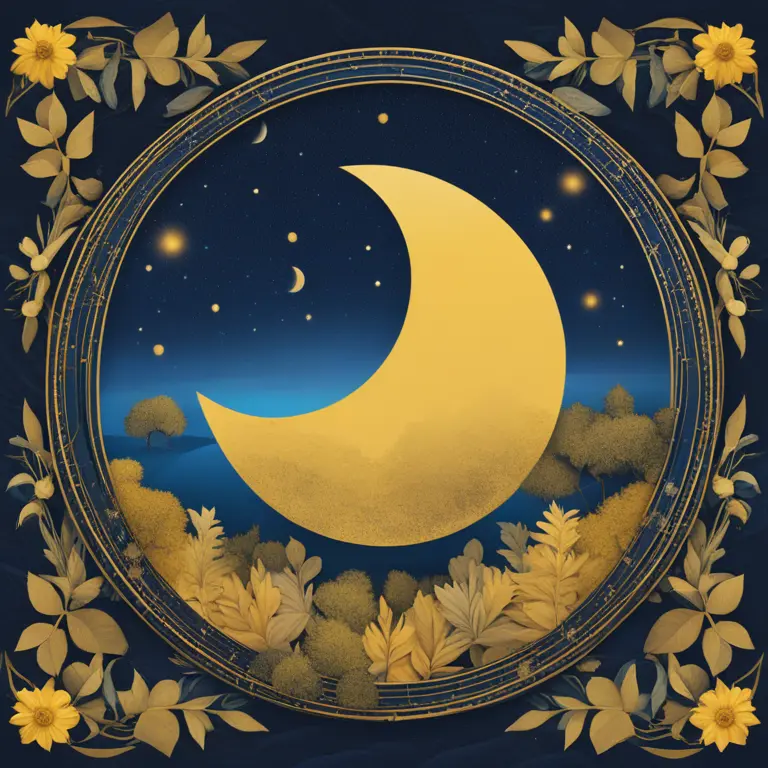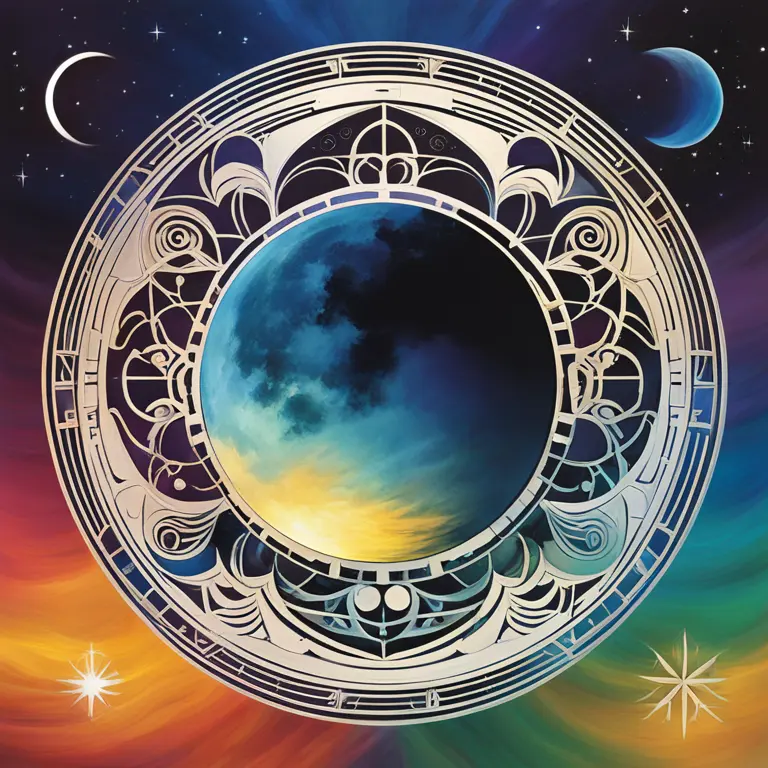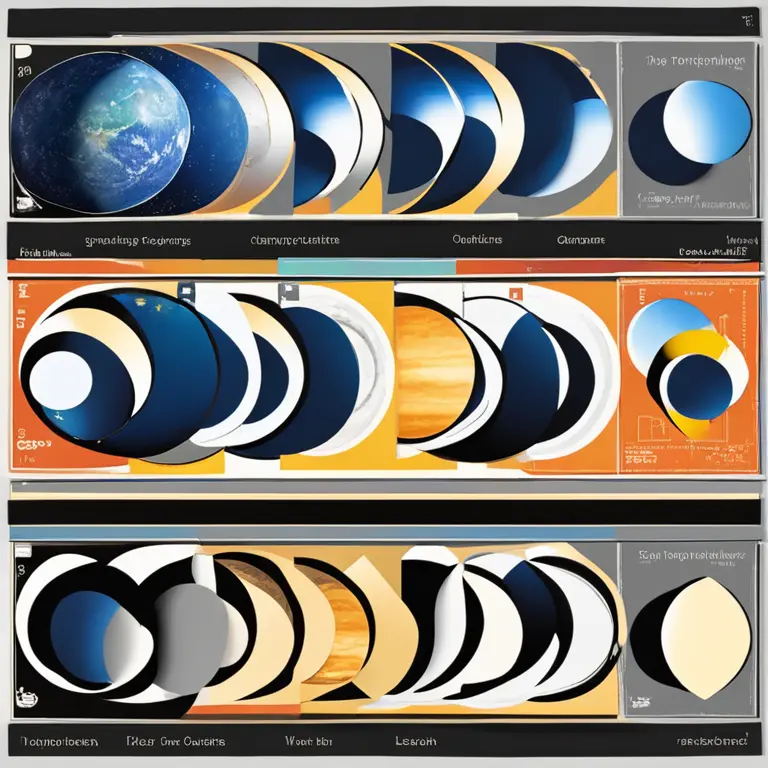
Unlocking The Phases of the Moon
Discover the celestial mechanics behind the moon's phases and how these lunar stages influence astrological interpretation.
article by Priya Deshmukh
The Lunar Cycle Begins
The moon's journey around Earth creates the compelling lunar phases we observe in the night sky. This celestial dance unfolds over approximately 29.5 days, known as a synodic month. From a vantage point on Earth, the moon appears to change shape, cycling through new, first quarter, full, and last quarter phases. These changes are not due to the moon altering its form, but rather the result of the moon's orbital position in relation to Earth and the sun. The proportion of the moon's illuminated half that we can see from Earth gives us the distinct phases in this recurring sequence.

New Moon to First Quarter
Our lunar timeline commences with the new moon, a phase where the moon is located between Earth and the sun, making it virtually invisible in our sky due to the sun's overpowering brightness. As days progress, a slim, crescent-shaped sliver emerges, marking the waxing crescent phase. Gradually, the moon reaches the first quarter phase, where half of its face is visible, denoting one week into the cycle. Around this time in the coming years of 2024 and onward, astrologists might associate this phase with initiating projects, as it symbolizes new beginnings in astrological forecasts.

The Illuminating Full Moon
The full moon phase occurs when Earth lies between the moon and the sun, fully exposing the moon's face to onlookers. This is the phase of completion and often pertains to the culmination of efforts and the realization of goals in astrological terms. This glaringly bright moon represents a peak in energy. Astrological interpretations in 2024 may suggest harnessing the full moon to release old habits or reflect on personal achievements, amplifying emotional and spiritual insights.

The Waning Moon
Following the brilliance of the full moon, the illuminated portion of the moon decreases in size, marking the waning phases. During the third week, at the last quarter, it revisits the half-illuminated state, only this time the opposite side is lit compared to the first quarter. As the light recedes, we approach the darkened new moon again. This period might prompt astrologists to draw connections to letting go, urging enhanced introspection and preparation for the next cycle as we head into future years.

The Influence on Astrology
In astrology, the moon symbolizes emotional currents, intuition, and the shadowy depths of the human psyche. Its phases influence horoscopes, with each position holding specific meaning for personal growth and collective experiences. As we approach 2024 and beyond, astrologers will likely continue to correlate moon phases with timely advice and predictions, from setting intentions during a new moon to celebrating achievements at the full moon. Observing these lunar changes offers a rhythmic, reflective practice woven into the fabric of astrological tradition.
Science Meets Spirituality
Understanding the astronomical causes of moon phases enriches our spiritual practice by rooting it in the natural world. As our site delves into palmistry, astrology, and other mystical arts, a grasp of celestial mechanics elevates the connection between the scientific and the metaphysical. This knowledge enables individuals to engage with these practices from a place of informed awareness, aligning celestial observations with life's ebb and flow as we venture further into the 21st century.
Published: 1/19/2024
Modified: 1/19/2024
More predictions
Come back here soon to learn more about yourself and your future


Moon Phases: Romantic Connections & Partnership
Discover how the lunar cycle influences romantic connections and partnership dynamics in life.


Moon Phases & Menstrual Cycles Connection
Delve into the compelling correlations between the lunar cycle and women's menstrual periods, exploring how these natural rhythms might interconnect.


Moon Phase Mystique: Harnessing Cosmic Energies
Delve into the powerful influences of lunar cycles. Learn how each moon phase can impact our lives and how to harness its unique energy.